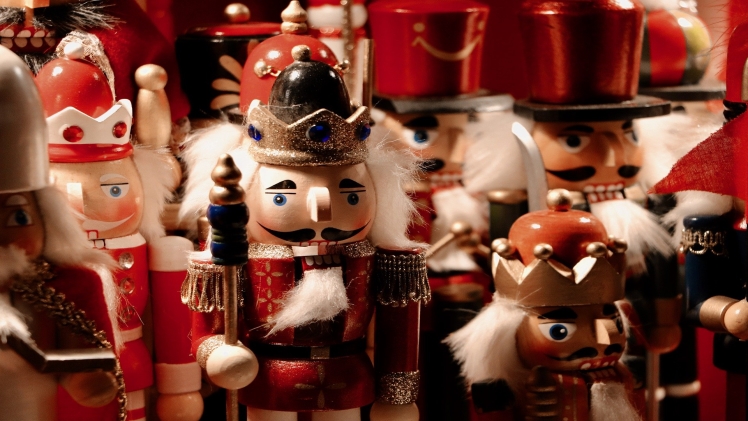If you want to think about Christmas, you get a vision of Christmas trees, snow, Santa, and a wooden doll with soldiers’ attire. Yes, we are talking about the German Nutcracker from the ore mountain. It is one of the most popular and significant Christmas souvenirs, and you would love the story behind it.
So, without any further delay, let us get to know how a wooden art form from Germany gained worldwide fame and popularity.
About Nutcracker
There are many popular dolls and art pieces for Christmas, but the German Nutcracker seems to break all records. The history of the German Nutcracker is not very old. Only about one hundred and fifty years back, a German author, Hoffman, wrote about the Nutcracker in his book named the Nutcracker and the mouse.
It was 1816, and the book was a massive hit. Soon after it, another French writer adopted the image of the Nutcracker in his novel, which translates as the Nutcracker in English. The French version was way darker than the original one, and the French writer also did not admit to taking inspiration from Hoffman. But, the Nutcracker was still not a worldwide sensation.
Nutcracker ballet
In the late eighteenth century, the Nutcracker started grabbing the attention of folklore society. Famous writer Duma collaborated with Marius Pepita to create a ballet adaptation of the Nutcracker play. Marius Pepita was one of the most popular and successful art directors of that time. Lev Ivanov was the co-director of the space and had an impact on making the play successful.
Pyotr Illyich Tchaikovsky was the music director, and it is one of the best ballet music compositions to date. It was a two-part drama, and initially, these artists played only one part on the stage. Later in 1934, The Nutcracker came out onto the scene with a full version.
Progression
Later in 1944, the San Francisco ballet company adopted the drama and staged it successfully to create a sensation. Since then, it almost became a religious ritual to play the Nutcracker and keep the Nutcracker dolls during the Christmas season. Simple cultural collaborations and acceptance made the Nutcracker dolls a global phenomenon.
Is it religious?
The Nutcrackers are so widely popular that some people confuse them with a religious artifact. But, the Nutcracker is nothing sacred or related to the core beliefs of Christianity. This wooden soldier is a sign of protectiveness. According to the family drama and ballet, Nutcracker will protect the peace and prosperity of his keeper home. People love to believe in something that assures to keep the peace intact and worth rising with Christmas.
From ore to worldwide
The Nutcracker is a very native creation of the ore mountains, Germany. First, Friedrich Wilhelm, a member of the Nazi team, initiated the mass production of these Nutcracker dolls. But, according to the historians, the exciting fact is that Friedrich did not know the true history of The Nutcracker. He mixed the backstory of the Nutcracker with another novel by Hoffman. Little did he know that his small initiative would change the way we celebrate Christmas today?
War impact
War is destructive, but sometimes it also allows us to exchange views and cultural backgrounds. The German Nutcracker is one of the most excellent examples of it. Until the 1940s, the Nutcracker was very popular in German territory, but it was not a global phenomenon yet. During the Second World war, many American soldiers were in Germany for their posting, and only then they noticed this beautiful doll and drama adaptation of the Nutcracker.
After the war ended, most American soldiers took a Nutcracker model home as a souvenir, and it became a global phenomenon.

